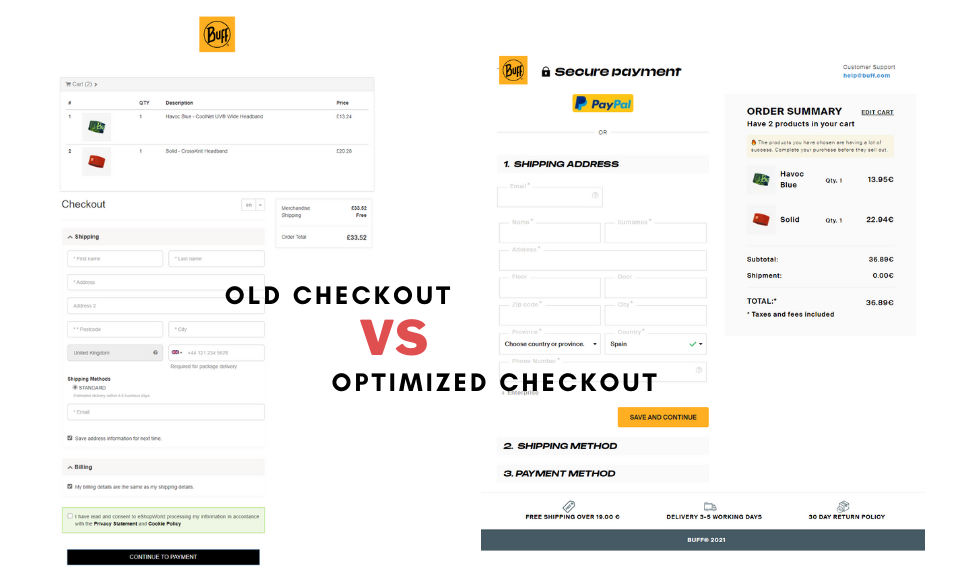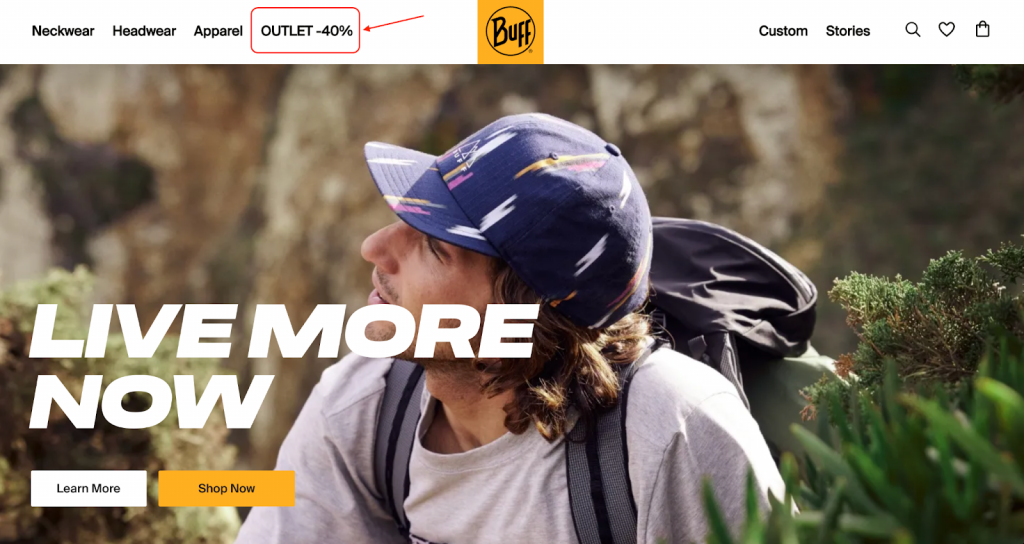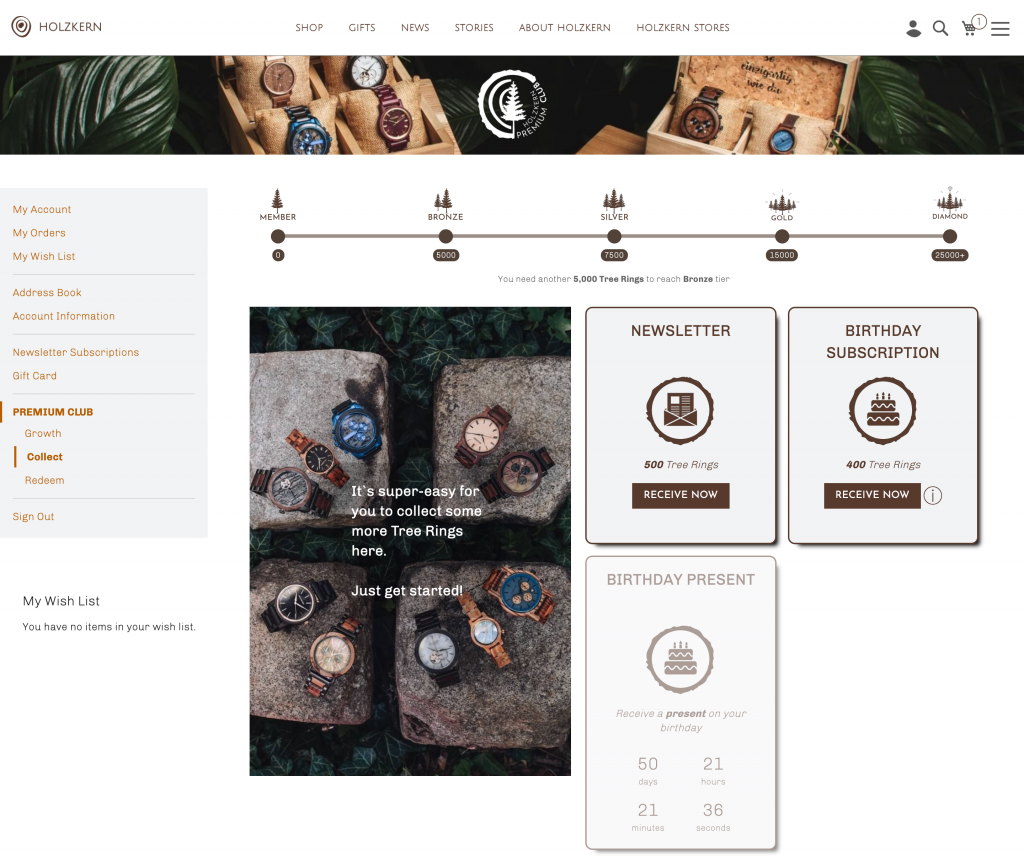Conversion rate optimization (CRO) is a cornerstone for success in the apparel and fashion industry, where the alignment of user experience with consumer expectations can significantly influence purchasing decisions. In an era where digital storefronts are as crucial as physical outlets, CRO builds a crucial bridge of trust and reliability between consumers and brands as it enhances site navigability and functionality.
Let’s talk about some of the successful CRO strategies scandiweb employed for notable fashion brands, illustrating how these techniques drive substantial increases in sales, improve customer engagement, and foster loyalty.
Through a thematic exploration of these strategies—from checkout optimization that secures user confidence to innovative uses of augmented reality that transform product presentations—we aim to provide a clear roadmap for other businesses in the sector to replicate this success, highlighting the pivotal role that CRO plays in catalyzing business growth and market competitiveness.
Checkout optimization—increasing user confidence
The checkout process is a crucial stage in the customer journey. It’s where customers decide to buy or abandon their cart. BUFF® recognized the importance of user confidence in this phase and implemented a series of strategic enhancements aimed at optimizing the checkout experience. This approach centered around making the checkout process appear more secure and trustworthy to the customer, a crucial factor in increasing conversion rates.
BUFF®’s checkout optimization strategy included several key components.
Visual security enhancements
The inclusion of trust seals and SSL certificates prominently displayed during the checkout process reassured customers of the security of their personal and payment information.
Clear communication
Details concerning shipping policies, return protocols, and customer support availability were made transparent and easily accessible. This clarity helped mitigate customer hesitation related to potential post-purchase issues.
Customer support visibility
Ensuring that help was just a click away, BUFF® enhanced the visibility of their customer support options, providing immediate assistance to resolve any queries or concerns during checkout.
Social proof and validation
Leveraging social proof through reviews and testimonials right at the point of sale helped reinforce the reliability of the products and the brand.

Results for BUFF®
The focused enhancements to the checkout process yielded notable results.
- BUFF® saw an overall increase in checkout conversion rates by 6.4%, with specific gains of 5% on mobile and 8.2% on desktop platforms.
- The number of unique purchases rose by 12.3%, indicating that more customers were completing purchases rather than abandoning their carts.
- The average order value increased 23%, suggesting that customers were more confident in making larger purchases.
- Ultimately, these optimizations led to a significant 33% increase in revenue, highlighting the direct impact of a trusted and streamlined checkout process on financial performance.
The success of BUFF®’s checkout optimization not only demonstrates the efficacy of enhancing user confidence at a crucial stage of the customer journey but also serves as a compelling case study for other fashion retailers aiming to improve their conversion rates through similar strategic interventions.
Read the full case study on BUFF® and checkout optimization.
Navigation menu optimization—enhancing the user interface
BUFF® faced a common challenge in eCommerce, which was a navigation menu that was not intuitive enough to facilitate quick and easy product discovery. Originally, their menu mixed activity-based and collection-based categories, creating confusion and making it difficult for users to find desired products. Recognizing the need for a more user-friendly interface, BUFF® went on to overhaul their navigation structure to better align with user preferences and behavior.
The optimization of BUFF®’s navigation menu involved a meticulous process of user behavior analysis and testing.
User behavior analysis
By reviewing user search queries and session recordings, and conducting user testing, our team at scandiweb gained insights into how customers interacted with the site and identified pain points within the existing navigation system.
Identification of user needs
The analysis revealed that users preferred to browse by product type rather than by activity or collection. This insight was crucial in guiding the redesign.
Restructuring the navigation menu
The new menu was streamlined to feature four main product categories, which users clearly preferred. A prominent ‘outlet’ category was also added to cater to bargain seekers, enhancing the overall shopping experience.
Continuous testing and feedback
The redesign was iteratively tested and refined based on continuous user feedback and performance data to ensure that the new structure effectively met user needs.

Results
The restructured navigation menu led to several significant improvements in site performance and user satisfaction.
- Post-implementation data showed a notable increase in conversion rates, confirming that users were able to find and purchase products more efficiently.
- +49.8% on desktop
- +195.2% on mobile
- As a direct result of improved user experience and increased conversions, BUFF® experienced a meaningful uplift in revenue.
- +176.1% in revenue
- With a more intuitive menu, the frequency of searches from the homepage decreased, indicating that users were navigating more directly to their desired products without needing to search.
The successful redesign of the navigation menu enhanced the usability of BUFF®’s eCommerce platform and demonstrated the direct correlation between user-friendly design and business performance. This case serves as a powerful example for other retailers in the fashion industry of how deep insights into customer behavior can lead to impactful CRO initiatives.
Read the full case study on BUFF® and navigation menu optimization.
Augmented reality integration for better customer engagement
Sportland leveraged the power of augmented reality (AR) in eCommerce to transform the customer shopping experience. This strategic move aimed to bridge the gap between online shopping and the tactile, in-store experience by allowing customers to visualize products in a more immersive and interactive way.
The implementation of AR at Sportland focused on enhancing product detail pages (PDPs) to include 360-degree views and AR functionality, which allowed customers to see products in their environment using mobile devices.
360-degree product views
These views gave customers a comprehensive look at products from all angles, addressing the common online shopping limitation of not being able to examine products closely.
AR functionality
By implementing AR, Sportland enabled customers to visualize how products would look in real-life settings, thereby reducing uncertainty and enhancing the decision-making process.
Technology integration
Sportland partnered with technology providers to incorporate sophisticated AR tools that were compatible with a wide range of mobile devices, ensuring accessibility and ease of use for all customers.
Why try AR for eCommerce?
Here’s how it can boost your business and cater to the evolving needs of today’s online shoppers.
- Customer benefits of AR and 3D models
- Up to 16x longer engagement with products
- 40% lower return rate
- 200% increased conversion rate
- Consumer interest in AR shopping
- 66% of users want to use AR for shopping
- 59% consider mobile shopping options important when choosing brands
- 85% value high-quality product photos and information
- Market potential
- 100 million consumers already shopping with AR
- AR experiences make brands 41% more likely to be considered
Sportland set themselves apart in a competitive market by offering an innovative shopping experience that aligned with evolving consumer expectations. This case exemplifies how embracing technological innovations can lead to significant gains in customer satisfaction and business performance.
Read the full case study on Sportland and augmented reality.
Transforming customer experience through integrated features
Stefanel leveraged a blend of traditional and innovative eCommerce strategies to enhance the customer experience and drive sales. The focus was on integrating useful store features such as outfit recommendations, a store locator, and an Instagram feed directly into their eCommerce platform. These features were designed to mimic the personalized service of in-store shopping while providing the convenience of online browsing.
Stefanel’s approach to enhancing the customer experience included several noteworthy initiatives.
Outfit recommendations
By incorporating outfit recommendations, Stefanel provides curated fashion advice, similar to an in-store stylist. This feature helped customers visualize potential purchases as part of a complete ensemble, thereby increasing the average order value.
Store locator
An advanced store locator tool allows customers to easily find physical stores based on proximity or specific addresses. This tool bridged the gap between online and physical retail, offering convenience to users who wish to view or pick up products in-store.
Instagram integration
Integrating their Instagram feed into the website not only enriched the content but also showcased real-life applications of their products, enhancing consumer trust and engagement.

Results
The strategic integration of these features produced significant results for Stefanel.
- The outfit recommendations drove a 40% increase in average order value, demonstrating the effectiveness of visually appealing and well-integrated content in encouraging larger purchases.
- The store locator feature has not only provided convenience but also increased foot traffic to physical locations, creating a comprehensive omnichannel shopping experience.
- These enhancements contributed to a more dynamic and interactive shopping environment, leading to overall growth in Stefanel’s online presence and sales.
Stefanel’s success with these integrated features highlights the importance of a cohesive user experience that spans both the online and offline spheres. This case study exemplifies how the thoughtful integration of digital tools can enhance the shopping experience and drive significant business results in the fashion industry.
See more project highlights from our portfolio item on Stefanel.
Fostering customer loyalty through reward programs
Holzkern implemented a customer loyalty program designed to enhance customer retention and encourage repeat purchases. The program leveraged a point-based system, where customers earned points for various activities, including purchases and social media engagement. This strategy aimed to build a strong community of brand loyalists by rewarding customers for their continued interaction and support.
Holzkern’s customer loyalty program included several elements that foster deeper customer engagement.
Earning points
Customers accumulate points through purchases and by engaging with the brand on social media platforms and participating in other promotional activities.
Redeeming points
The points can be exchanged for discounts, special offers, or exclusive products, providing tangible value that encourages ongoing customer engagement.

Why start a loyalty program?
Loyalty programs offer a variety of benefits for businesses.
- Increased customer retention
- Loyalty programs incentivize repeat purchases, leading to a higher customer retention rate.
- This means your existing customers are more likely to come back for more.
- Enhanced customer engagement
- Loyalty programs can be designed to encourage interaction beyond just making purchases.
- This could involve social media actions, sharing reviews, or participating in exclusive events.
- Higher transaction frequency
- Customers enrolled in loyalty programs are often motivated to make purchases more frequently to accumulate points or rewards.
- This can lead to a significant boost in sales.
- Strengthened brand loyalty
- A well-designed loyalty program can foster a sense of loyalty and connection with your brand.
- Customers feel valued and appreciated, making them more likely to recommend your business to others.
Holzkern’s customer loyalty program exemplifies how effectively structured reward mechanisms can enhance customer relationships and drive business success. By providing clear value and recognition to loyal customers, Holzkern boosts sales while strengthening its brand community, creating a win-win scenario for the company and its customers.
Read the full case study on Holzkern and its loyalty program.
Conclusion
The CRO strategies showcased here illustrate the transformative impact of data-driven, customer-centric approaches on eCommerce success. These initiatives enhanced user experience and engagement and significantly boosted conversion rates and revenue, proving their efficacy across various aspects of the fashion retail sector.
As the apparel and fashion eCommerce sector continues to evolve, the importance of innovative CRO strategies is becoming increasingly crucial for staying competitive.
Which of these strategies would you like to adopt first? Let’s have a quick chat, and we’ll help you identify the strategies that will bring you results the fastest. Use the form below to get in touch.


Share on: